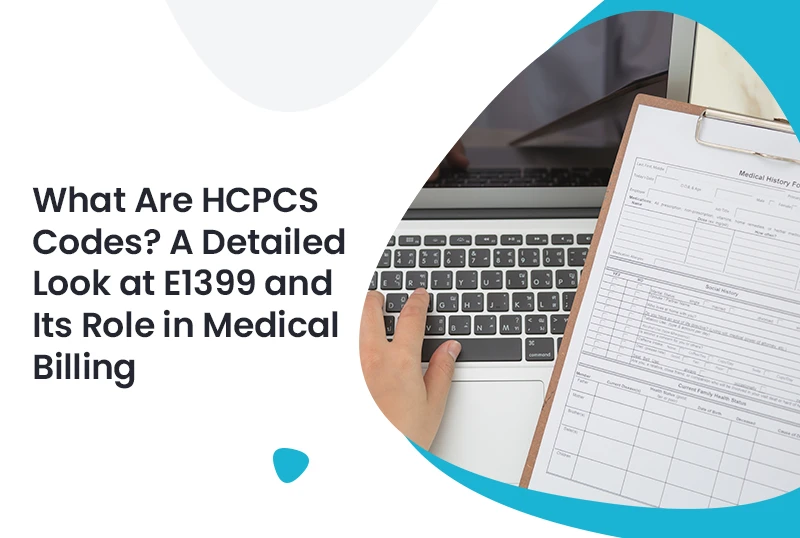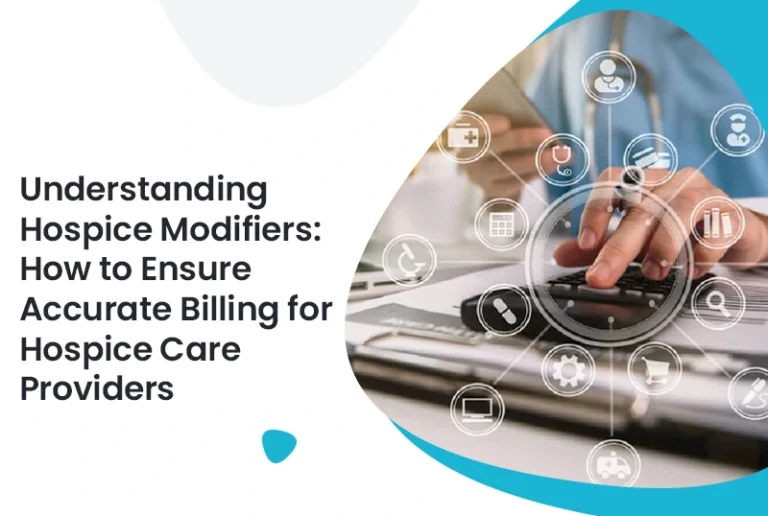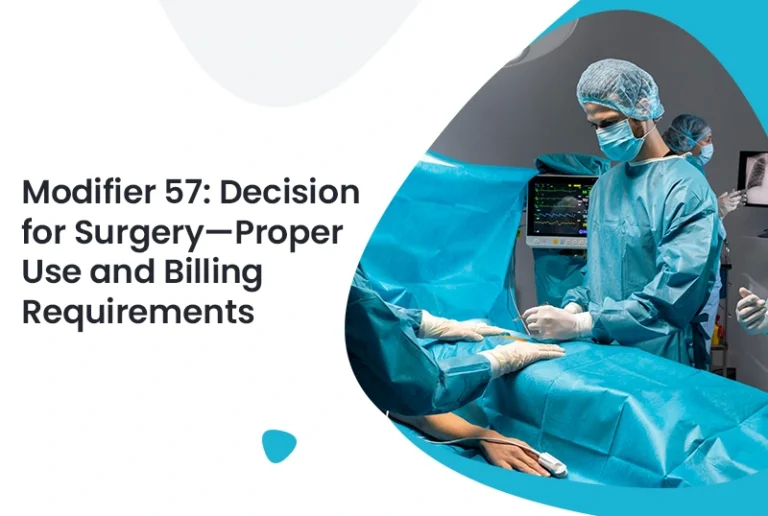If you’ve ever worked in the healthcare industry, you’ve likely encountered HCPCS codes. These codes are used to standardize the identification of healthcare services, equipment, and supplies in medical billing. One of the most commonly used codes in the medical billing service world is E1399, a code that covers “Durable Medical Equipment (DME) – Miscellaneous.”
While E1399 may seem like just another code to memorize, its role in medical billing is significant.
Understanding HCPCS Codes
The Healthcare Common Procedure Coding System (HCPCS) is a standardized system used to describe the items, services, and supplies that are provided in the healthcare setting. These codes are essential for claims submission, insurance reimbursement, and regulatory compliance.
HCPCS Code Structure
- Level I: These codes are part of the CPT (Current Procedural Terminology) and are used for medical procedures and services.
- Level II: These codes cover items like medical equipment, supplies, and non-physician services. E1399 falls under Level II codes, specifically for DME (Durable Medical Equipment).
Why HCPCS Codes Matter
HCPCS codes help ensure uniformity in medical billing. Without these codes, healthcare providers and insurers would struggle to communicate effectively about services rendered. They are used for everything from medications and medical supplies to outpatient services.
The Role of E1399 in Billing
This code is used for miscellaneous durable medical equipment (DME) that doesn’t fall under any other specific code. It’s a catch-all for equipment that doesn’t have its own dedicated HCPCS code but is still essential for patient care.
Examples of DME items that might be billed under E1399 include:
- Custom medical devices
- Specialized mobility aids
- Unique or uncommon medical equipment
Importance of Billing
Since E1399 is a general code, it is used to describe a wide variety of equipment, which makes accurate documentation crucial. Incorrect or vague descriptions when using this code could result in claim denials or payment delays. Therefore, healthcare providers must provide thorough documentation that clearly outlines what the item is, why it’s medically necessary, and how it relates to the patient’s treatment plan.
Management of claims associated with E1399
When it comes to revenue cycle management healthcare, accuracy is paramount. It presents specific challenges for revenue cycle management due to its broad applicability. Since this code is used for a wide range of items, it requires precision in documentation, as payers may be more likely to scrutinize claims under this code.
- Ensure Detailed Descriptions: Always provide a clear description of the equipment, its medical necessity, and any supporting information that can justify its use.
- Track Item Specifications: Keep detailed records of the make, model, and any unique attributes of the DME.
- Verify Payer Policies: Different insurers may have different policies regarding E1399, so always check payer guidelines before submitting claims.
Proper management of claims associated with E1399 ensures faster payment, fewer denials, and smoother financial processes for healthcare providers.
Avoiding E1399 Billing Errors
Incorrect coding can lead to denials, delays, and lost revenue for healthcare practices. Here’s what to consider when using E1399:
Key Medical Coding Tips for E1399:
- Link to a Valid Diagnosis Code: Always ensure that E1399 is tied to a relevant ICD-10 diagnosis code that shows medical necessity for the item.
- Provide Detailed Information: Make sure the claim includes detailed descriptions of the item and its usage.
- Use Modifiers When Needed: If the item requires special circumstances or is used for a specific procedure, include relevant modifiers.
Medical billing and coding professionals must stay up to date with payer requirements, as these can vary significantly between insurers. Additionally, keeping abreast of changes to HCPCS codes and updates to billing regulations is crucial to maintaining an efficient billing process.
Conclusion
In summary, E1399 is an important code for miscellaneous durable medical equipment in the healthcare system. Its broad scope makes it a challenging but essential code for medical billing services. By maintaining accuracy in medical coding, ensuring compliance with revenue cycle management healthcare best practices, and providing clear documentation, healthcare providers can ensure they are reimbursed correctly and avoid claim rejections.
Mastering E1399 and understanding its place in the broader landscape of HCPCS codes will improve the billing process for both providers and patients. If you’re looking for help navigating the complexities of HCPCS codes, partnering with a reliable medical billing service can streamline your workflow and boost your bottom line.
FAQs
1. What does E1399 mean in medical billing?
E1399 is an HCPCS code for miscellaneous durable medical equipment. It’s used when a piece of DME doesn’t have its specific code.
2. How do I bill for E1399?
To bill for E1399, make sure to include a detailed description of the equipment, the patient’s diagnosis, and the medical necessity for the equipment.
3. Can E1399 be used for any equipment?
No. E1399 is used for DME that does not fall under any other specific HCPCS code.
4. What should I include in my claim for E1399?
Include a clear, thorough description of the item, the associated medical diagnosis, and why it is necessary for the patient’s treatment.
5. Does E1399 have reimbursement limitations?
Yes, some insurers may have specific requirements or limits on reimbursement for E1399 claims. Always verify payer policies before submitting a claim.







